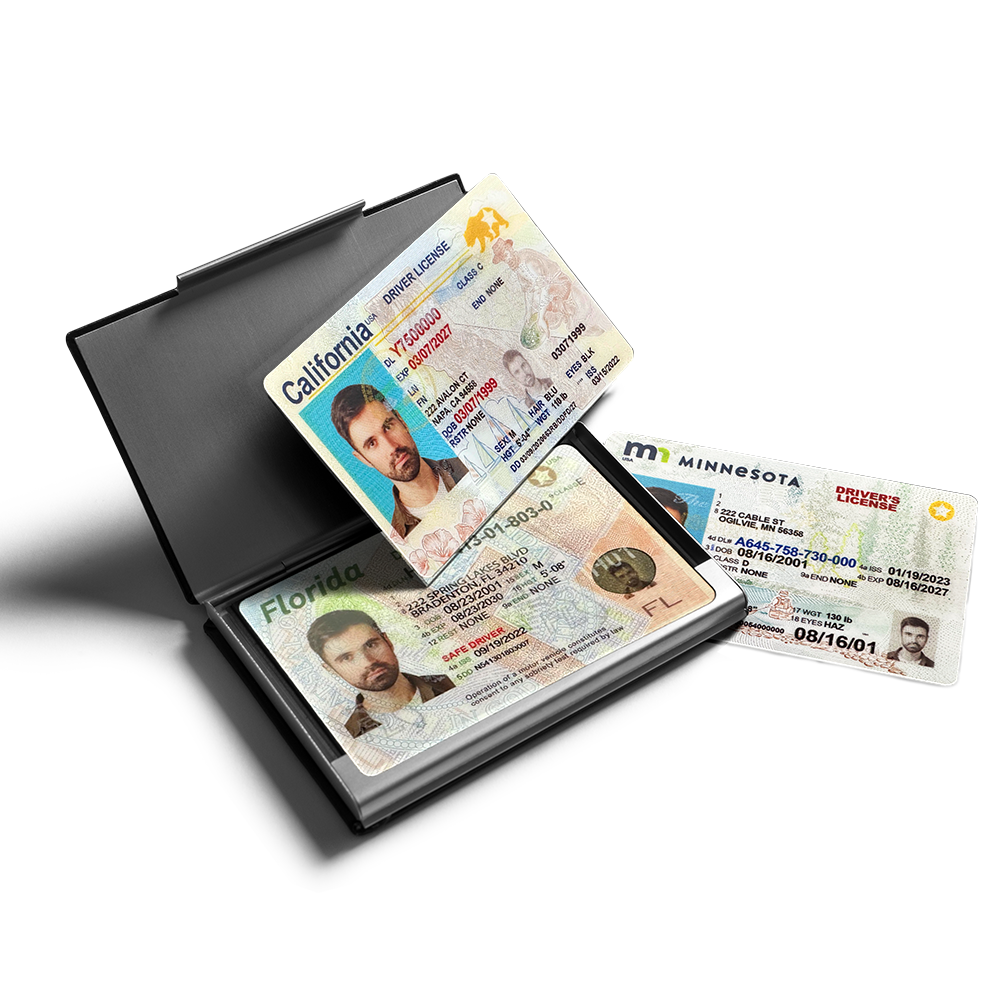Understanding Real ID: A Foundation for Secure Identification
A Real ID is a federally compliant form of identification issued by state departments of motor vehicles (DMVs). It meets standards set by the U.S. Department of Homeland Security (DHS) to enhance security and reduce fraud. Starting May 7, 2025, a Real ID will be required to board domestic flights, enter certain federal facilities, or access nuclear power plants. Unlike standard driver’s licenses, Real IDs include specific security features, such as a star in the top-right corner, to signal compliance with these federal rules.
Beyond its security role, a Real ID serves as a primary form of identification in daily life. For individuals with disabilities, having accurate disability-related information on this ID can streamline interactions with authorities, emergency responders, and service providers. This might include notations about mobility needs, service animal requirements, or medical conditions that could affect communication or assistance during critical situations.
Why Updating Disability Information on Your Real ID Matters
Disability information on a Real ID acts as a silent communicator when verbal explanation might be challenging. For example, someone with a visual impairment or a cognitive disability may find it difficult to quickly explain their needs in high-stress scenarios like airport security checks or medical emergencies. A clear notation on the ID can prompt appropriate assistance, such as offering a guide for navigation or adjusting communication methods.

Additionally, many states allow for voluntary disability indicators on driver’s licenses and Real IDs. These indicators are not used for eligibility purposes but rather to inform others of potential accessibility needs. Updating this information ensures that the ID reflects current circumstances, whether a disability is newly acquired, has changed in severity, or is no longer applicable.
Step-by-Step Process to Update Disability Information on Your Real ID
While the exact steps may vary by state, the general process for updating disability information on a Real ID follows a consistent framework. Below is a detailed breakdown of what to expect:
1. Confirm State-Specific Requirements
Each state’s DMV sets its own rules for disability notations. Visit your state’s DMV website or contact their customer service line to learn:
- Whether disability notations are permitted (some states may restrict this to specific categories, like mobility impairments or service animal users)
- Accepted forms of documentation to verify the disability (e.g., a letter from a licensed healthcare provider, a disability benefits award letter, or a statement from a social services agency)
- Any fees associated with updating the ID (most states charge a small fee for duplicate or updated licenses)
- In-person vs. online options (most updates require an in-person visit, but some states may allow partial steps online)
For example, California allows a “Disability Indicator” to be added to driver’s licenses with a completed form from a physician, while Texas may require a different type of verification from a licensed professional.

2. Gather Required Documentation
To update disability information, you’ll need:
- Your current Real ID or driver’s license (to prove identity and existing registration)
- Proof of the disability: This often includes a signed letter from a medical professional (e.g., doctor, nurse practitioner, or occupational therapist) stating the nature of the disability and its impact on daily life. The letter should be on official letterhead and include the professional’s license number and contact information.
- Additional identity documents (if your Real ID is expired or if your name has changed since issuance): This may include a birth certificate, Social Security card, or utility bill for proof of residency.
If the disability is temporary (e.g., a broken leg requiring a wheelchair), some states may ask for an end date in the documentation. For permanent disabilities, a one-time update is typically sufficient unless the condition changes.
3. Visit the DMV in Person
Most states require an in-person visit to update disability information, as staff need to verify documentation and take a new photo (if your appearance has changed). Schedule an appointment if possible to reduce wait times—many DMVs now offer online booking systems.
At the DMV:
- Submit your completed application form (available online or at the DMV office). This form will ask for details about the disability, such as type, duration, and any specific needs (e.g., service animal assistance).
- Present all required documents to the DMV clerk for verification. They may make copies for their records.
- Pay any applicable fees (check in advance to know the exact amount and accepted payment methods, which often include cash, check, or credit card).
- Have a new photo taken for your updated Real ID. While some states allow retaining the old photo if appearance hasn’t changed, most require a current image for security purposes.
4. Receive Your Updated Real ID
After processing, your updated Real ID will be mailed to your address on file. The timeline varies by state but typically ranges from 7 to 20 business days. If you need the ID sooner, some states offer expedited shipping for an additional fee.
Once received, check that the disability notation is accurate. If there are errors (e.g., incorrect wording or missing details), contact the DMV immediately to request a correction. Most states will replace the ID free of charge if the mistake was theirs.
Common Problems and Solutions When Updating Disability Information
Navigating the Real ID update process can sometimes lead to challenges. Below are five common issues and actionable solutions to help you proceed smoothly:
Problem 1: “My State Doesn’t Allow Disability Notations on Real IDs”
Some states, due to privacy concerns or administrative limitations, may not offer formal disability indicators. If this is the case, consider alternative steps:
- Carry a separate disability identification card (e.g., from a disability advocacy organization or medical provider) to show when assistance is needed.
- Inform relevant agencies (e.g., TSA, hospitals) of your needs in advance. For example, the TSA’s C.A.R.E. (Civil Rights and Liberties, Aviation Security, and Extensions) helpline can pre-notify staff of accessibility needs for air travel.
Problem 2: “I Can’t Get a Doctor’s Note for My Disability”
If a medical professional’s verification is required but unavailable (e.g., for invisible disabilities or in remote areas), check if your state accepts alternative documentation:
- A letter from a social worker or case manager associated with a government disability program (e.g., Social Security Disability Insurance).
- Records from a rehabilitation center or disability services organization.
- A copy of your disability benefits award letter (e.g., from the VA or SSA).
Contact your state DMV to confirm acceptable alternatives before your visit.
Problem 3: “The DMV Denied My Request to Update Disability Information”
Denials often occur due to missing documentation or unclear information. If your request is denied:
- Ask the DMV clerk for a written explanation of the denial reason.
- Review the required documents and resubmit with any missing items (e.g., a more detailed medical letter or updated proof of residency).
- If the issue persists, file an appeal with the DMV’s customer service department. Provide additional evidence, such as a second opinion from a medical professional or a statement from a disability advocate.
Problem 4: “I Need to Update My Disability Information Urgently”
Standard processing times may not align with urgent needs (e.g., an upcoming trip). To expedite:
- Call the DMV to explain the urgency (e.g., a medical appointment or travel date) and ask if they can prioritize your request.
- Opt for expedited shipping when ordering the new ID, if available.
- Carry a temporary paper ID (if provided by the DMV) along with your old ID until the new one arrives.
Problem 5: “My Disability Has Improved, and I Want to Remove the Notation”
To remove a disability notation, follow similar steps to adding it:
- Visit the DMV with proof that the disability is no longer applicable (e.g., a letter from your healthcare provider stating improvement or resolution).
- Request an update to your Real ID to remove the notation.
- Pay any fees for the new ID (some states may waive this if the change is due to medical improvement).
Most states process removal requests similarly to additions, with the same in-person verification requirements.


